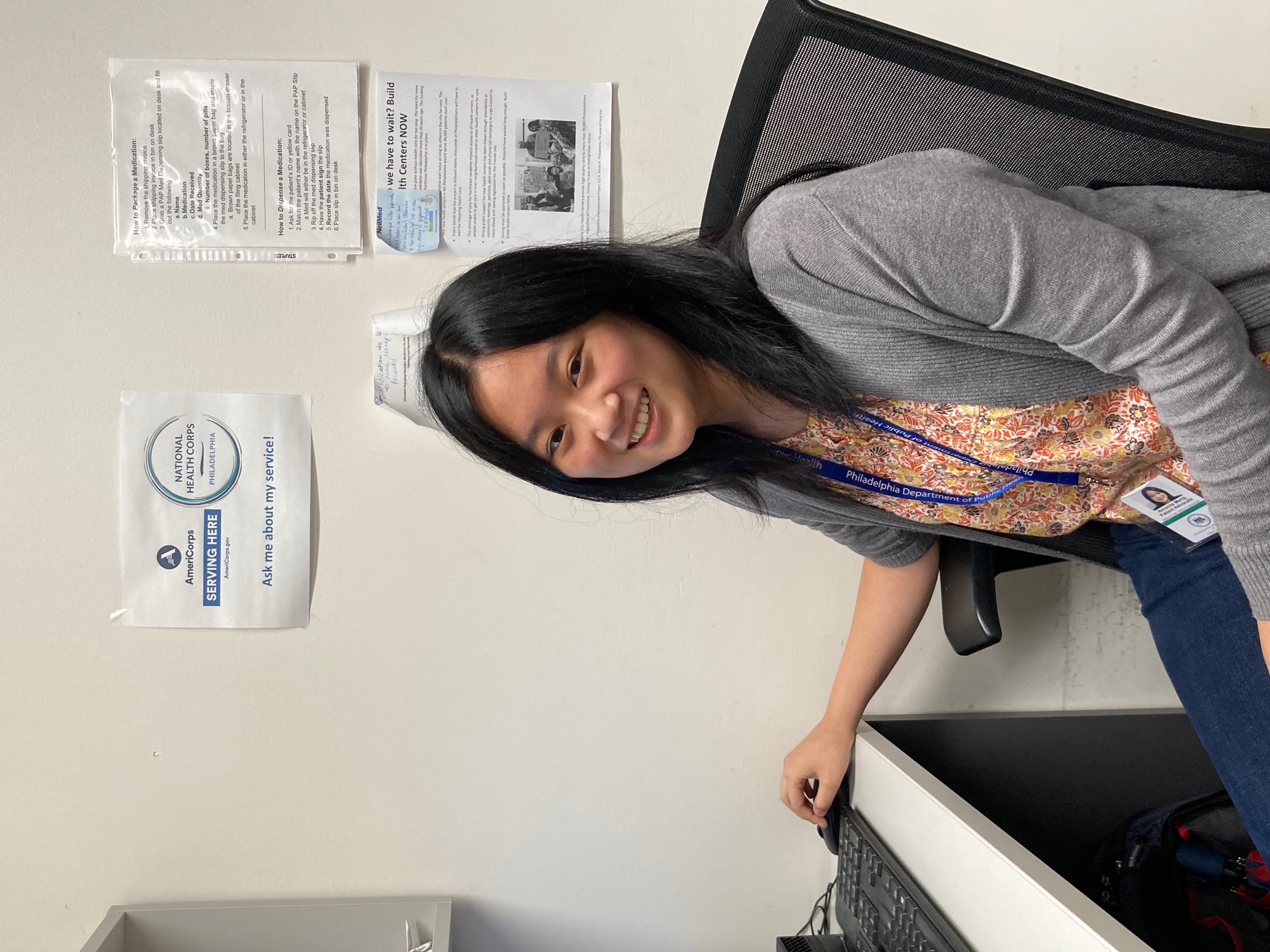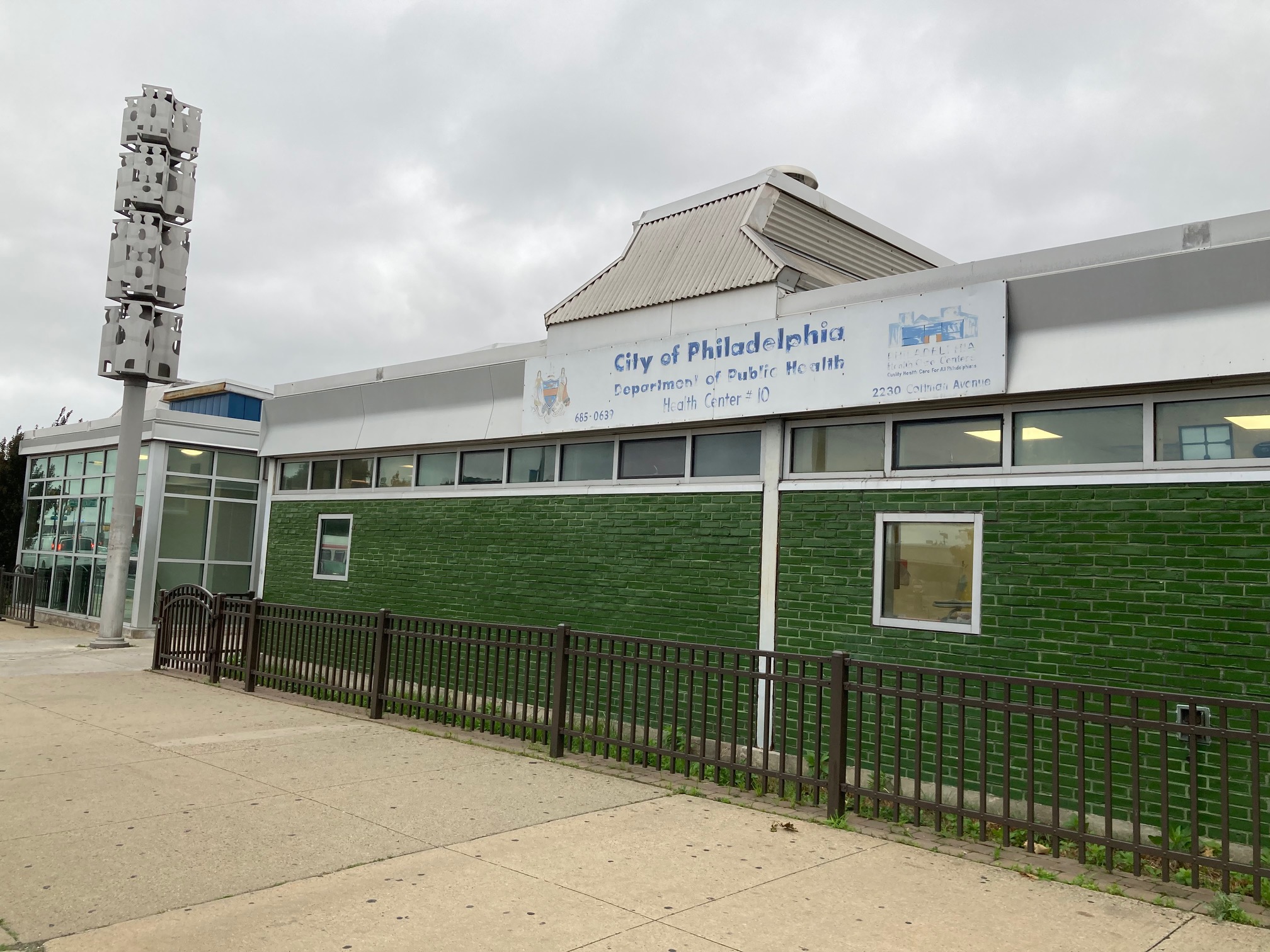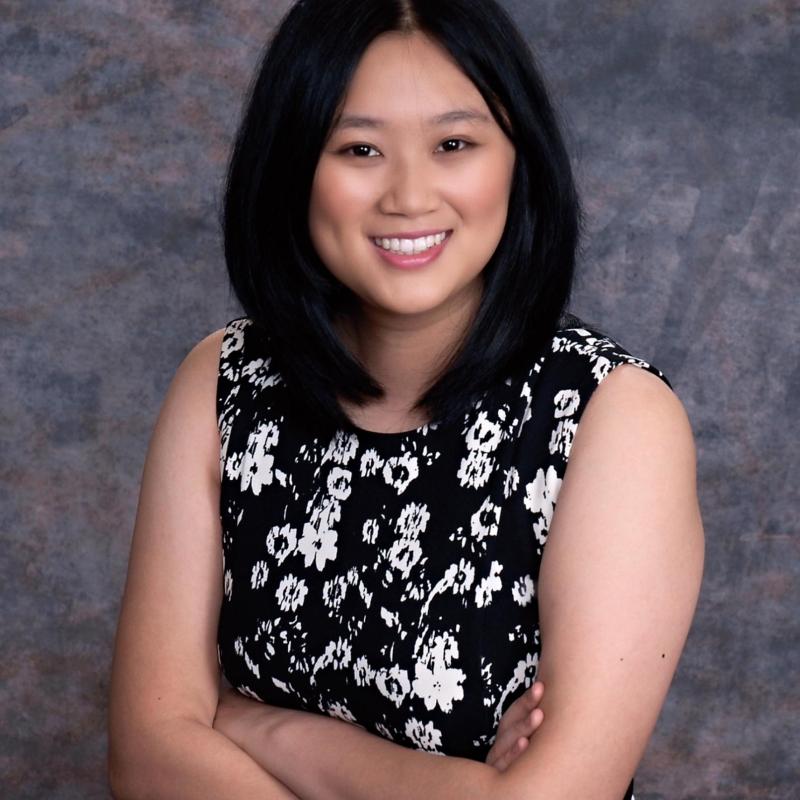Interpreting Healthcare

Having lived most of my life in north Louisiana, Philadelphia was a culture shock in a lot of ways. One of the things that surprised me the most was the sheer diversity of the city, especially the region surrounding my host site, Health Center 10. Speaking fluent English in particular had always been something I had taken for granted - both my parents had been fluent in English, and I had grown up in a predominantly English speaking area. But Northeast Philly, Health Center 10’s main population, has one of the highest concentrations of immigrants in the city, and the wide breadth of languages I often heard in my office reflected that.
According to the US Census, Philadelphians reported speaking 41 languages or language groups, and the Office of Immigrant Affairs recorded requests for 119 languages since 2022 while tracking requests for interpretations and translations. I would always hear calls over the intercom for one of the Health Center 10’s many interpreters - for Spanish, Portuguese, Malayalam, Mandarin, Bengali. Sometimes patients would step into my office accompanied by one of the center’s interpreters; sometimes they would walk in alone, because while Health Center 10 employed interpreters for many languages, patients would sometimes request more niche languages such as Albanian or Georgian, requiring me to use a phone interpreting service instead. Within a month, the interpreting service’s number had quickly become engraved in my mind and dialing had become muscle memory.
My role at Health Center 10 was running the center’s Patient Assistance Program as a patient advocate - I would help low-income and uninsured patients apply for programs that provided essential resources, specifically affordable prescription medications. These programs would allow patients to obtain certain medications free of charge that would ordinarily cost hundreds if not thousands of dollars. The longer I served, the more I realized that one of the largest obstacles for patients receiving the healthcare they need is the language barrier. Applications for the programs were almost exclusively in English, and I would often call a company checking a patient’s medication and be greeted with an automated message in English, with a quick throwaway line in Spanish for Spanish translations. However, Spanish speakers made up only a small fraction of my patients who had English as a second language. When I would follow the automated instructions to reach a human representative, they would reassure me that they had translators available for all patients. But without me or an interpreter, how would some patients access them behind an English automated messaging system?
I am grateful for the interpreters who work at my center and the interpreters who provide the city of Philadelphia an invaluable service, and I’m grateful for the existence of centers such as Health Center 10 that exist to bridge gaps in healthcare. The availability of language services can make a huge difference in patient outcomes and it’s important that healthcare facilities have the resources to provide this service. The past year has demonstrated to me the many barriers patients face when trying to obtain care, but more importantly, it has taught me how we can mitigate these barriers to ensure that all patients are able to access the care that they need.

